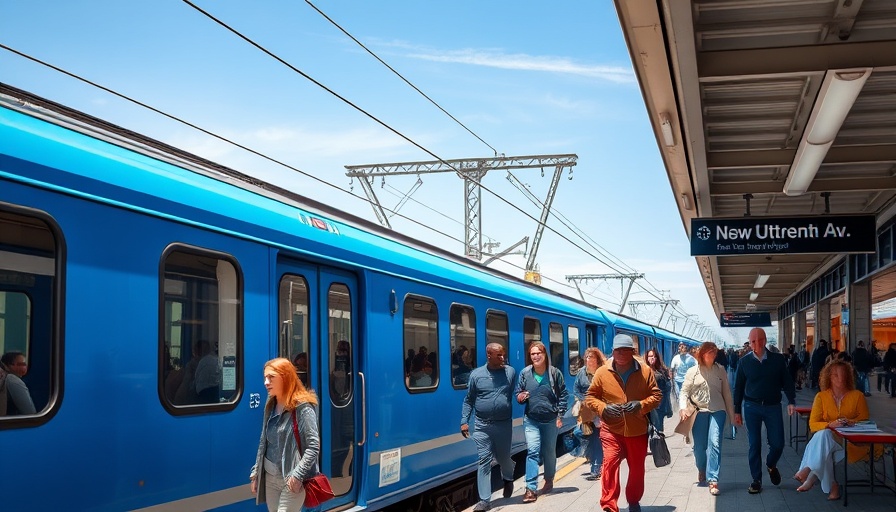
Texas & Southeast's Construction Scene Ready for Game-Changing Rankings
As anticipation builds for the inaugural Top Contractors Ranking by ENR Texas & Southeast, the construction industry is bracing itself for insights that could potentially reshape client partnerships and project outcomes. This ranking promises to shine a spotlight on the region's leading commercial construction firms, offering not just a list, but a powerful reflection of innovation, efficiency, and excellence in the sector.
Why Contractor Rankings Matter
In a field where competition is fierce, rankings can be the golden ticket for potential clients seeking trustworthy partners. By evaluating firms based on project performance, safety records, and financial stability, stakeholders can gain a clear understanding of who stands out. This insight is invaluable, particularly for clients keen on project efficiency, cost management, and quality outcomes.
Innovations Shaping the Industry
The context of this inaugural ranking is not merely about numbers; it’s about innovation. As construction evolves, integrating technology—from automated machinery to sustainable materials—has become vital. Firms that leverage technological advancements often experience gains in efficiency and speed, transforming how projects are delivered. It’s no longer just about who can build, but who can build smarter.
Future Trends in Construction
As we await the results of the ENR Top Contractors Ranking, several trends are likely to emerge. For instance, sustainability continues to take center stage, with more contractors focusing on green building practices that not only comply with regulations but also appeal to environmentally conscious clients. Additionally, the shift towards digital collaboration tools is making project management more streamlined than ever.
Engagement in the Construction Community
The ranking also serves as a barometer for client engagement in the construction community. Contractors who prioritize communication and transparency in their processes often outperform their peers in satisfaction and retention rates. Clients today are more informed and demanding, seeking firms that align with their values and expectations.
What’s Next for Clients in the Know
For clients looking to leverage these insights, staying updated on the impacts of these rankings could provide strategic advantages when engaging with contractors. Clients can use the upcoming ranking as a benchmark to compare potential partners, facilitating better-informed decisions based on performance metrics and industry standards.
The ENR Texas & Southeast's inaugural Top Contractors Ranking not only highlights the stars of the construction industry but also equips clients with vital information to enhance their project planning and execution. To stay ahead in the game, incorporating these findings into your strategy will be crucial.
 Add Row
Add Row  Add
Add 




Write A Comment